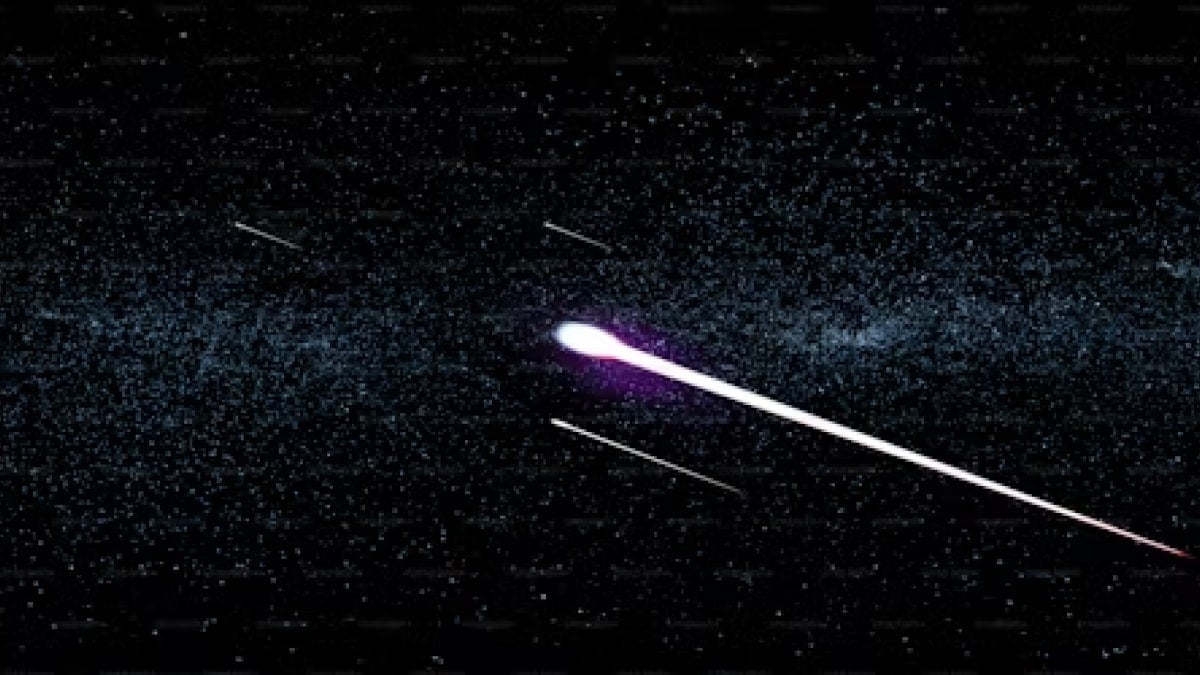New research has revealed that meteoroid trails, left behind by long-period comets, could help scientists detect potentially hazardous comets years before they approach Earth. These rare comets, which take hundreds or even thousands of years to complete their orbits, often go unnoticed until it is too late to prepare for a possible collision. However, scientists have now found a way to track these comets by observing the meteoroid streams they leave in their wake.
Tracking Comet Paths Through Meteoroid Trails
The study has been accepted for publication in The Planetary Science Journal, and is available as a preprint via arXiv. Long-period comets (LPCs) are known for their infrequent visits to the solar system. While comets like Halley's Comet pass by Earth every 76 years, other comets only make an appearance once every few centuries. Some of these distant comets could pose a significant threat if their orbits bring them close enough to Earth. A comet with a large enough impact could release massive amounts of energy, potentially equivalent to hundreds of thousands of megatons of TNT.
By studying meteor showers, which are caused by the debris from these comets, researchers believe they can track the paths of these hazardous comets. Samantha Hemmelgarn, a graduate student at Northern Arizona University and lead author of the study, explained that meteoroid streams from long-period comets are less affected by planetary gravitational forces. This makes it easier to predict the orbits of the parent comets.
New Method Could Provide Years of Warning Time
The study used existing data from 17 meteor showers with known comet parents. By simulating comet streams and comparing them with known comet paths, researchers were able to predict where to look for these long-period comets. The results suggest that such methods could give scientists years of advanced warning before a comet poses a serious threat to Earth.
While this technique is not foolproof and has limitations, it is a step forward in planetary defence. The upcoming Legacy Survey of Space and Time (LSST), using the Vera C. Rubin Observatory, is expected to detect these long-period comets well in advance, allowing for better preparedness.
Challenges and Future Prospects
Despite its potential, the method cannot detect comets with orbital periods longer than 4,000 years, as their meteoroid streams would be too sparse to detect. However, this new approach could greatly improve early detection of more imminent threats, offering humanity a better chance to prepare for a possible comet impact.
































